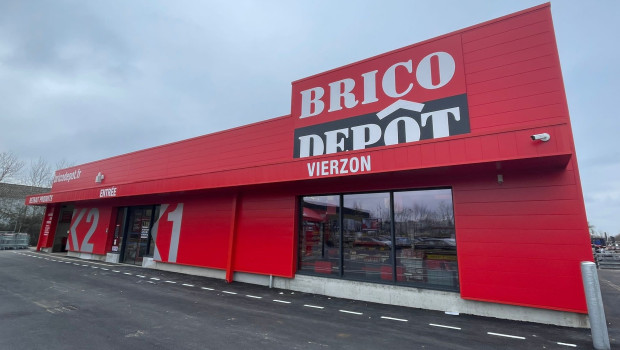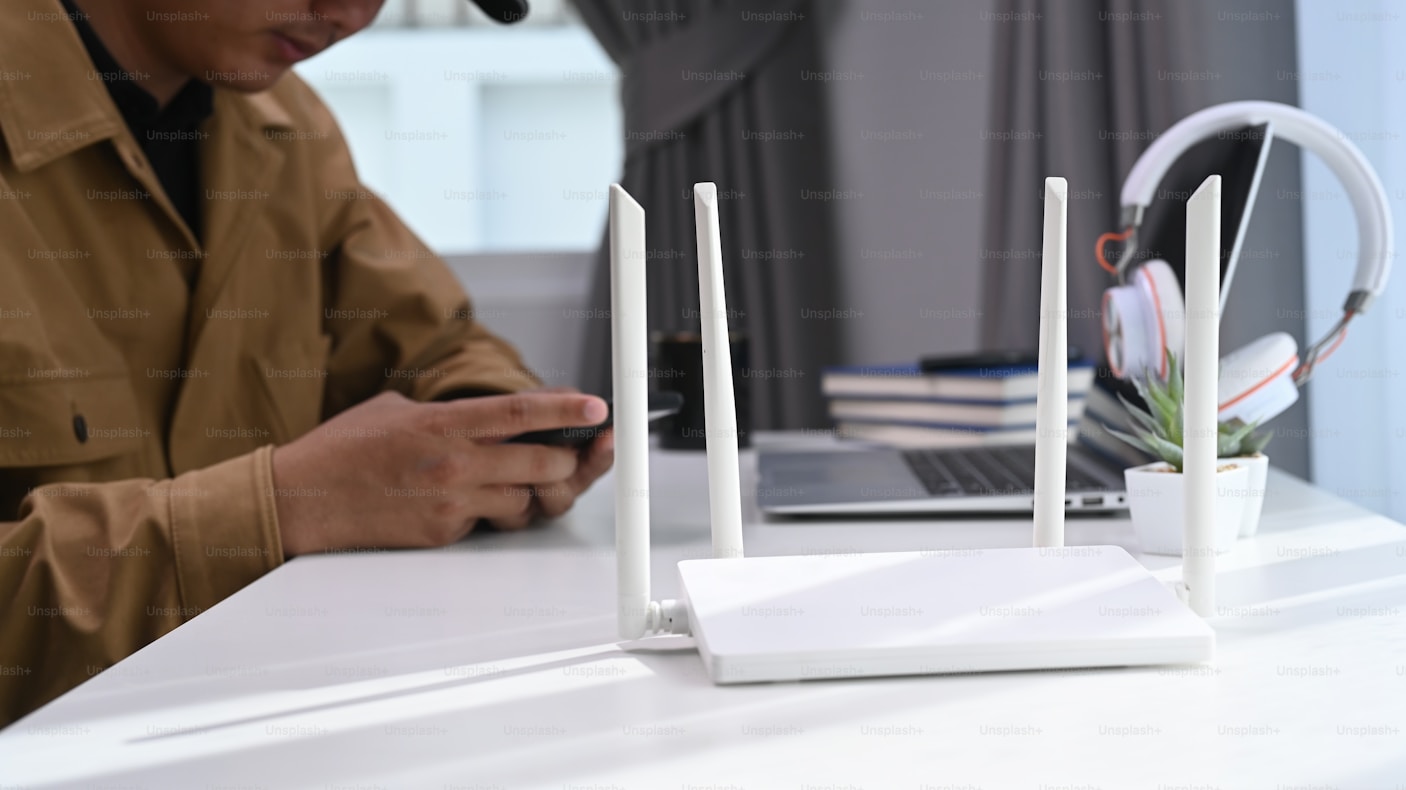Key information
- Location:
- Visit event website
- Event Date:
About this event
By Dominic Franklin
Introduction: The Evolution of Warehousing and the Rise of IoT
Warehousing has undergone significant transformations, evolving from simple storage facilities to complex hubs of commerce and logistics. Traditionally, warehouses served as static units for temporary storage within supply chains. However, the advent of e-commerce and advanced manufacturing practices has redefined their role.
Modern warehouses are now critical in ensuring the efficient movement of goods from production to consumer. They have become key assets that enable businesses to respond to changing consumer demands, optimise inventory management, and streamline distribution processes. This evolution has been driven by technological advancements, changing consumer expectations, and evolving market dynamics.
A major driver of this transformation is the Internet of Things (IoT), a network of interconnected devices embedded with sensors, software, and other technologies that enable them to collect, exchange, and analyse data. In warehousing, IoT has revolutionised facility management and operations, creating what are now known as ‘smart warehouses.’
Wireless Sensor Networks: The Foundation of Smart Warehousing
Wireless Sensor Networks (WSNs) are a crucial component of IoT in warehousing. These networks consist of multiple sensors installed throughout the warehouse, continuously monitoring variables such as temperature, humidity, motion, and inventory levels. The sensors collect data in real-time and transmit it wirelessly to a central control system, where it is analysed to optimise operations and support decision-making.
WSNs provide the eyes and ears of warehouse operations, tracking everything from inventory levels to environmental conditions. This real-time data ensures efficient warehouse management, from the moment goods arrive to when they are shipped out.
BLE Technology: A Game-Changer in Warehousing
Bluetooth Low Energy (BLE) technology has significantly accelerated the adoption of IoT in warehousing. BLE is a wireless communication protocol designed for low-power, short-range applications, making it ideal for warehouse environments where energy efficiency is crucial. BLE-enabled devices, such as sensors and beacons, facilitate seamless communication, real-time tracking, monitoring, and control of warehouse assets and processes.
BLE technology stands out for its energy efficiency and cost-effectiveness. Warehouses can deploy a network of sensors and beacons without significant costs, enabling widespread adoption across facilities. BLE-powered sensors provide real-time tracking and monitoring with high precision and low latency, even in large warehouses.
Enhancing Inventory Management with BLE-Based WSNs
Effective inventory management is vital in any warehouse, and BLE-based Wireless Sensor Networks simplify this task. These networks offer real-time tracking and monitoring of inventory, providing warehouse managers with visibility into stock levels and movements.
BLE-powered sensors placed throughout the warehouse continuously update inventory data, enabling accurate stock level management, location tracking, and even monitoring expiry dates for perishable goods. Integrating this data with Warehouse Management Systems (WMS) enhances efficiency, saving time and labour, reducing the risk of stockouts or overstocking, and improving customer satisfaction.
Precision Asset Tracking
With the vast size of modern warehouses, tracking assets and goods can be daunting. BLE technology excels in precise asset tracking. BLE tags attached to assets and inventory communicate with sensors positioned throughout the warehouse, providing continuous updates on their locations in real-time.
This precise tracking offers multiple benefits, including quick asset retrieval, reduced downtime, improved productivity, and minimised risk of lost or misplaced items. BLE-based asset tracking systems are scalable, making them suitable for small warehouses and large fulfilment centres alike.
Environmental Monitoring for Quality Control
Maintaining optimal environmental conditions is critical for ensuring the quality and safety of goods, such as temperature-sensitive pharmaceuticals or perishable food items. BLE-enabled sensors strategically placed throughout the warehouse continuously monitor parameters like temperature, humidity, and light levels, transmitting data wirelessly to the central controller for real-time analysis.
By ensuring environmental conditions remain within optimal thresholds, warehouse managers can minimise spoilage, reduce waste, and maintain regulatory compliance, protecting product integrity and customer satisfaction.
Cost-Effectiveness and Scalability
BLE technology offers significant cost-effectiveness and scalability. The initial investment for deploying a BLE-based Wireless Sensor Network is relatively low, making it feasible for businesses with limited budgets to implement wide-scale sensor networks. This accessibility allows small to medium-sized businesses to compete on par with industry giants.
BLE technology’s scalability makes it ideal for warehouses needing to adapt and grow. Sensors and beacons can be added or removed as needed, ensuring the system can evolve with the business. Additionally, BLE-based WSNs have low maintenance requirements, further reducing the total cost of ownership.
Real-World Success Stories
Amazon
Amazon, a pioneer in e-commerce and logistics, has deployed BLE-based WSNs across its vast network of fulfilment centres. By equipping items with BLE tags and strategically placing sensors throughout its warehouses, Amazon tracks goods in real-time, reduces picking errors, and minimises fulfilment times, enhancing the overall shopping experience.
DHL
DHL, one of the world’s largest logistics companies, uses BLE technology to enhance warehouse management. By deploying BLE-based WSNs, DHL tracks asset locations and monitors environmental conditions with precision, optimising warehouse layouts, improving asset utilisation, and ensuring compliance with regulatory requirements.
Overcoming Challenges
While BLE technology and Wireless Sensor Networks offer numerous benefits, they also come with challenges:
- Signal Interference: Large metal structures and obstacles can obstruct BLE signals. Careful planning and sensor placement are essential to ensure reliable data collection.
- Cybersecurity Risks: Increased connectivity poses cybersecurity risks. Robust measures, including encryption, authentication, and regular security audits, are necessary to safeguard data.
- Integration with Existing Systems: Compatibility issues can arise when integrating BLE-based WSNs with existing WMS. Collaboration with IT teams and system integrators is crucial for seamless integration.
- Scalability and Maintenance: Planning for future expansion and regular maintenance ensures continued reliability and performance of BLE-based WSNs.
The Future of Warehousing: Embracing IoT and BLE
The future of warehousing is closely tied to the advancement of IoT technologies, with BLE at the forefront. Emerging trends like edge computing and artificial intelligence will further interconnect and automate warehouses, enhancing efficiency and responsiveness to market demands.
Opportunities for Innovation and Growth
Smart warehouses will continue to innovate and grow, utilising autonomous robots, drones for inventory management, predictive analytics, and AI learning algorithms for demand forecasting. Embracing IoT and BLE technologies unlocks efficiency, productivity, and profitability.
Challenges and Considerations
Embracing IoT and BLE presents challenges, including cybersecurity risks, data privacy concerns, and interoperability issues. However, with strategic planning, investment, and collaboration, these challenges can be overcome.
Conclusion
Wireless Sensor Networks and BLE technology are transforming modern warehousing, enabling greater efficiency, accuracy, and responsiveness. From real-time visibility and monitoring to precision asset tracking and cost-effective scalability, these technologies are essential for optimising warehouse operations.
Industry leaders like Amazon and DHL demonstrate the successful application of WSNs and BLE, reducing costs and enhancing customer satisfaction. By addressing challenges such as signal interference, cybersecurity risks, and integration complexities, warehouses can fully realise the potential of these innovative technologies.
To find out more please visit us at www.dteonline.com












